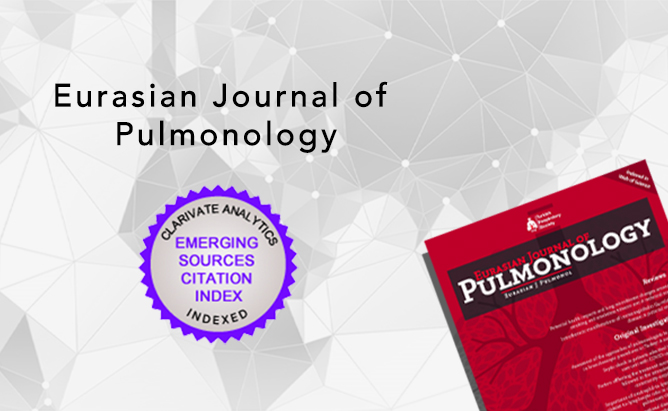2Department of Medical Microbiology, Ege University Faculty of Medicine, İzmir, Türkiye
3Department of Chest Diseases, Ege University Faculty of Medicine, İzmir, Türkiye
Abstract
BACKGROUND AND AIM: Advances in molecular diagnostic tools for tuberculosis (TB) have improved the typing of TB. Leading to the identification of infection origins in populations and early detection of resistant TB strains. In this study, we used molecular techniques to identify, genotype, and determine the drug resistance of TB bacilli in samples from patients with pulmonary and extra-pulmonary TB at Ege University Hospital. Data were analyzed for correlations with biochemistry, clinical, and radiological aspects of the disease.
METHODS: Molecular typing was performed using the Spacer Oligonucleotide Typing (spoligo-typing) method on samples from 402 patients diagnosed with pulmonary and extra-pulmonary TB at Ege University Hospital between 2009 and 2014. We retrospectively extracted demographic data from patient files, including clinical and radiological findings, case origin, diagnosis date, comorbidities, treatment, drug-resistance patterns, biochemistry, tuberculin skin test, interferon-gamma release test, length of hospital stay, and one-year mortality.
RESULTS: The study included 402 patients (238 males/164 females, mean age: 52±18.4 years) with a microbiological diagnosis of TB. The patients predominantly originated from the Aegean province (203; 50.5%). Comorbidities were present in 146 (36.3%) patients, with 85 (21.1%) in an immunosuppressed state. The bacilli family was not identified in 52 (12.9%) patients’ samples. The most frequently identified family was T1 (40%), followed by H3 (8.2%), LAM7-TUR (7%), H1 (5%), LAM3-S (complex) (4%), and U family (4%). No correlation was found between bacilli families in terms of age, radiological and clinical data, and laboratory findings. Drug resistance patterns were investigated within the families, with the Beijing family showing 55.6% resistance to Rifampicin (R), Isoniazid (H) (1 mg/mL and 0.2 mg/mL), and Streptomycin (S). Hospitalization occurred in 71.6% of patients, and one-year mortality was 17.6%. No differences in hospitalization and mortality rates were found between the families.
CONCLUSIONS: This study revealed that the T1 family is dominant in our community, with a higher percentage of resistant bacilli found in the Beijing family. Further studies on the clinical aspects of these families and those from other areas are necessary to better understand the behavior of TB in our community.




 İmren Taşkıran1
İmren Taşkıran1 




